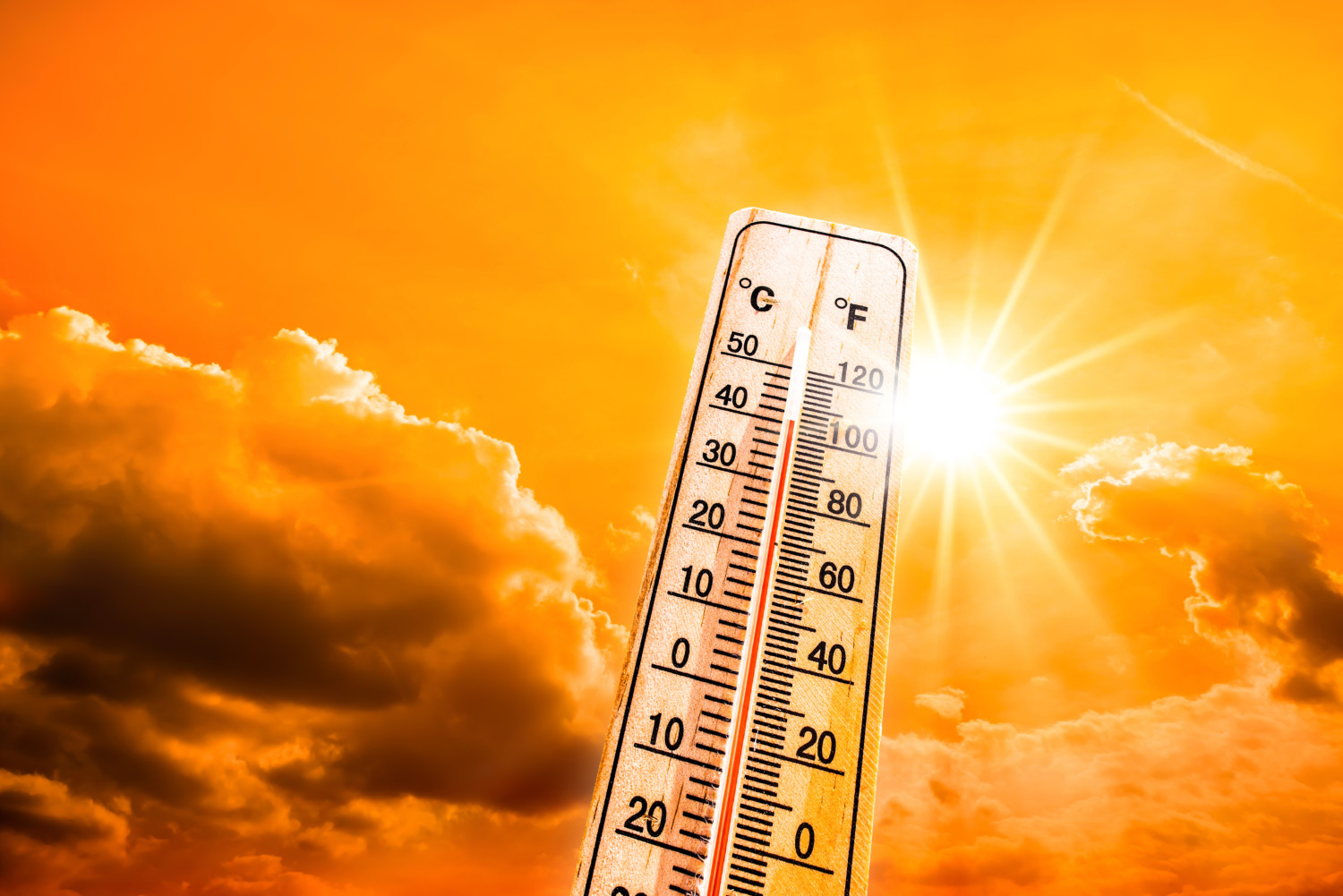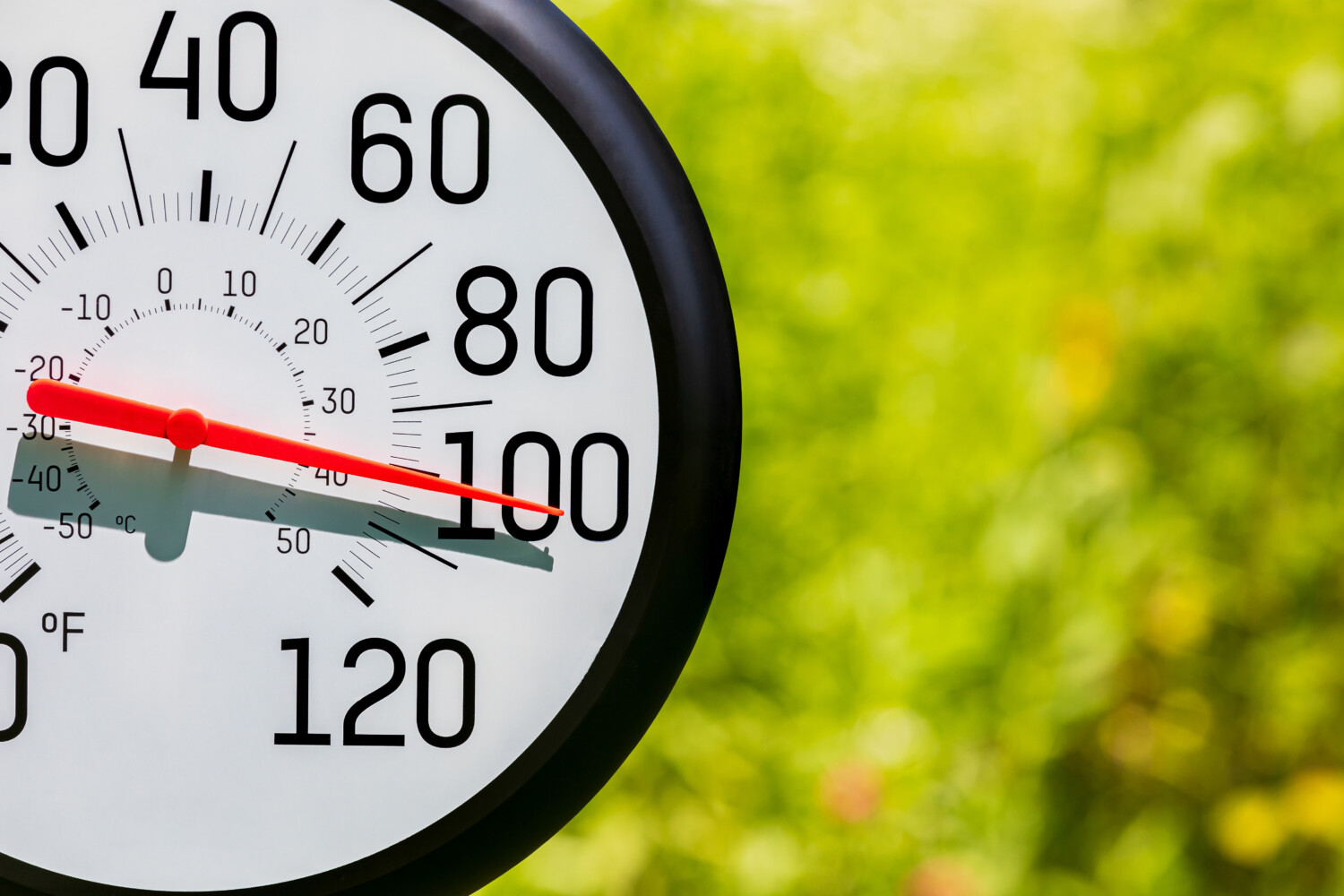Now that we’re in the peak of summer, local weather forecasters often refer to the day’s projected heat index and predicted high temperatures.
The heat index may sound like a term only scientists and weather geeks can appreciate. However, from how we dress and use energy to our health and existence, the heat index touches almost every aspect of our lives.
If you’ve ever heard people talk about “dry heat” feeling better than humid heat, then you already have an idea of what determines the heat index.

MORE: 6 ways to cool down a room without air conditioning
What Does The Heat Index Mean?
Both heat and humidity are the major players in how meteorologists predict a day’s heat index value.
The National Weather Service (NWS) defines heat index as “what the temperature feels like to the human body when relative humidity is combined with the air temperature.” The heat index only applies to standing in the shade, though. If someone is in the direct sun, the heat index can be up to 15 degrees higher.
Scientists at the NWS have a chart and calculator to help them determine the heat index.
For example, when a forecaster predicts 86 degrees Fahrenheit for a day’s high temperature, how it actually feels to us depends on the air’s relative humidity. If the relative humidity is 55%, the heat index sits at 89, which is what the body feels.
However, a small jump in relative humidity — to 65% — brings the heat index up to 93. At this level, the NWS recommends extreme caution when participating in outdoor activities.
In other words, the more humidity there is in atmosphere, the hotter it will feel outside and impact on our bodies in more significant way.

MORE: How much heat is too much for the human body?
How Does The Heat Index Affect How We Feel?
It’s all about our ability to sweat. When we sweat, it’s our body’s way of regulating its core temperature. When we get too warm, it releases sweat that evaporates into the air and cools us down. But high humidity limits the ability to sweat efficiently, according to NWS meteorologist Kimberly McMahon.
“With the high humidity, it’s harder to have the human body sweat and then have that sweat evaporate,” McMahon told The New York Times.
The NWS relies on the heat index to inform the public about dangerous weather conditions during a heat wave like the one currently underway across the U.S. Some areas of Southwest to the Northeast have been under heat advisories from the NWS for weeks. Cities from Palm Springs, California, to Phoenix and Miami have endured a heat index at or above 110 degrees Fahrenheit this summer. This heat index level means the NWS has issued heat advisories and warnings affecting more than 140 million people in the U.S. this month.
Preliminary data also indicated that that the planet experienced the hottest week on record during the first seven days of July, according to the World Meteorological Organization.

MORE: The best window film to block heat
What Is The ‘RealFeel’ temperature?
You may have also heard local weather reporters use the term “RealFeel” temperature in their forecast, which has similarities from the heat index.
RealFeel temperature is a term created by an Accuweather team in the 1990s to offer a more comprehensive way to inform the public about how temperatures feel beyond what the thermometer reads.
Like the heat index, RealFeel temperature considers relative humidity a major factor in its final calculation — in addition to other weather influences, including cloud cover, sun intensity, and even the sun’s angle.
Too Many Heat Terms? Experts Argue for Consistency
But are the heat index or RealFeel temperature enough to convey the danger of extreme heat?
In a July 24 op-ed in The Washington Post, climate writer Michael J. Coren pointed out the heat index is just one of “more than 300 heat stress indexes [officials rely on] to communicate the risk this [heat] posted to people around the world.”
Almost 62,000 people in Europe died from heat-related illness in the summer of 2022, the continent’s hottest summer on record, according to a study from the journal Nature Medicine. Numbers like this, Cohen said, are why it’s more important than ever to find a reliable, consistent way for scientists to report the risks of heat exposure.
According to David Romps, a climate scientist at the University of California at Berkeley, that isn’t easy.
“I struggle with this,” Romps told the Post. “How do you take all this complexity and boil it all down to one number? But there’s not really one number that will tell us if this is safe or this is dangerous.”
As scientists continue to keep up with these hot temperatures and consider how to report them effectively, Cohen and the experts he spoke with recommend keeping an eye on the heat index, heeding heat advisories and warnings from local and national weather agencies and limiting prolonged heat exposure whenever possible.
This story originally appeared on Simplemost. Check out Simplemost for additional stories.


